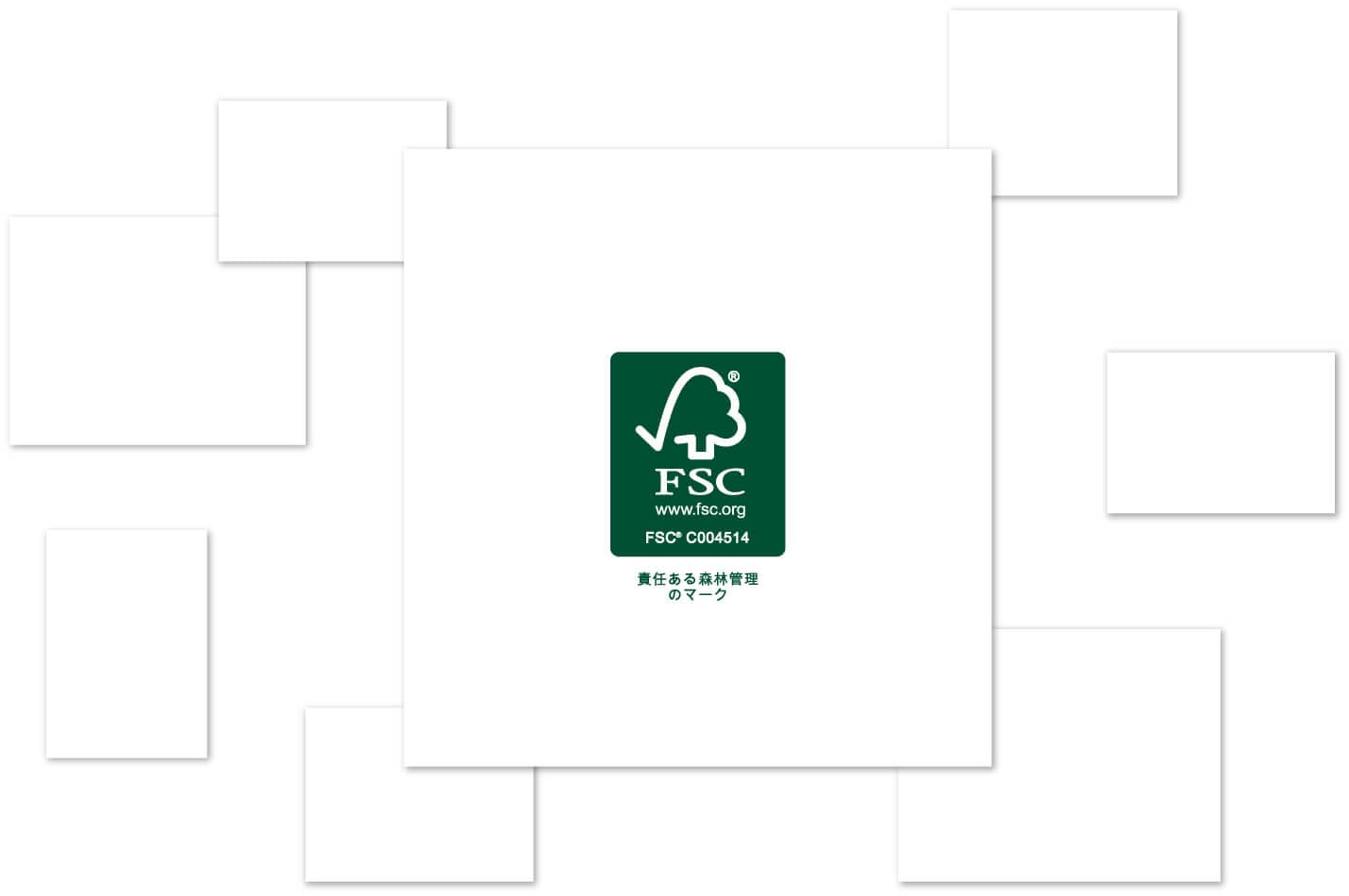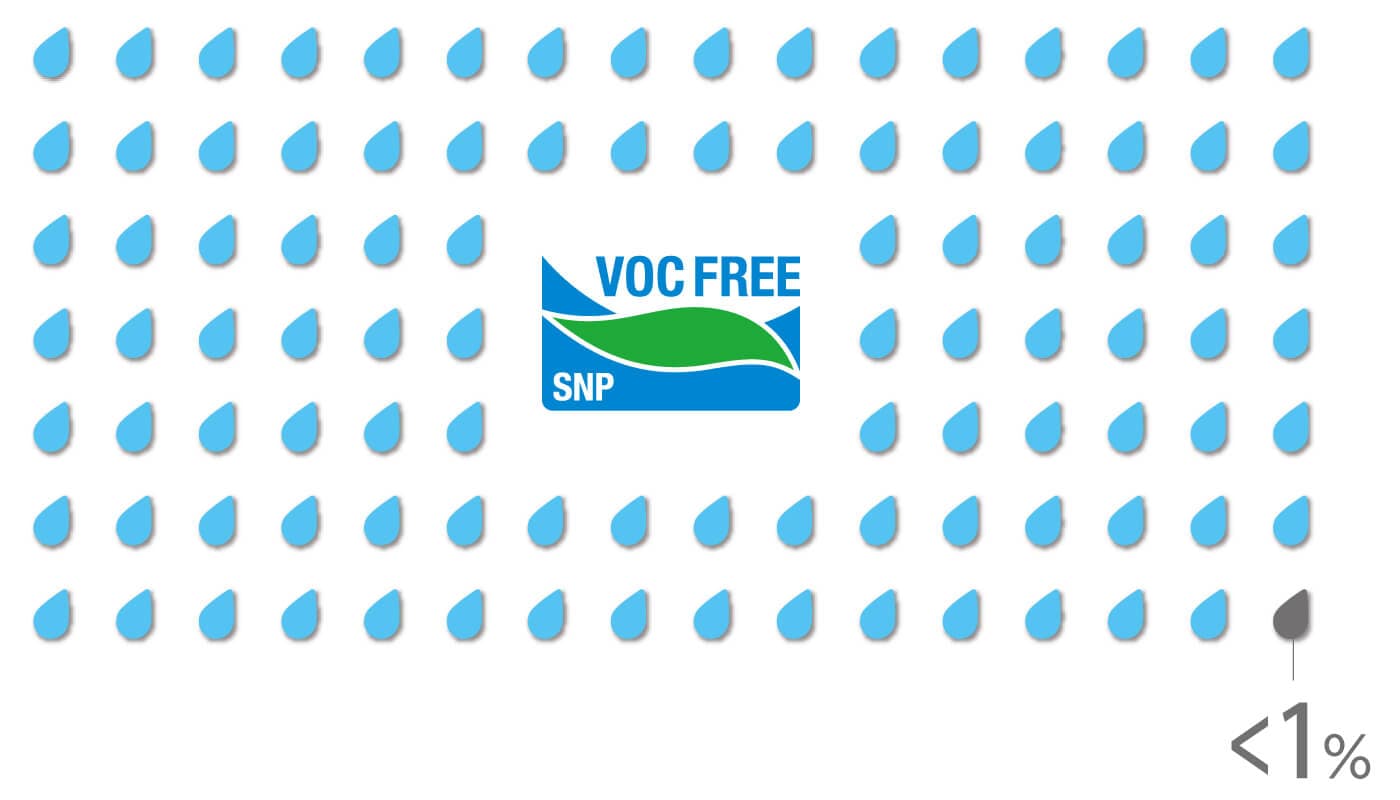

Waterless printing is an environmentally friendly printing method that significantly reduces the burden on the environment. It does not involve the use of any developing fluid or dampening solution, which generates a large amount of effluent, generates no industrial effluent, and eliminates the CO2 that is produced as part of the effluent treatment process.



The Forest Stewardship Council® (FSC®) attaches the FSC® symbol to products made using forest timber that they certify to be “properly managed in terms of environmental conservation and social interests.”
It promotes the proper management of forest resources and helps to prevent illegal logging. The only paper that can be affixed with the FSC® logo is paper that has been properly managed and not mixed with paper made from wood obtained through illegal logging even in the phases of distribution and processing.


Among the types of ink used for printing, there is a type known as “non-VOC ink.”
It reduces the amount of mineral oils of petroleum to below 1% and minimizes the discharge of VOC (volatile organic compounds) that are harmful to the human body.


No matter how environmentally friendly the printing method adopted is, CO2 will be emitted, for example, through the electricity consumption by the printing machine.
SNP purchases the same quantity of emission credits as the CO2 emissions computed in its carbon footprint, and thereby contributes in a non-direct way to countering global warming. We hope you will join us in contributing to global warming countermeasures through carbon offsetting.

Through the Japan Waterless Printing Corporate Association, SNP has adopted the use of one of the domestic credit systems under the jurisdiction of the Ministry of Economy, Trade and Industry for its emission rights in its carbon offsetting program. This is the Domestic Credit Utilization Scheme for Supporting Recovery from the Great East Japan Earthquake.
The utilization of carbon credits created through emission reduction projects in the Tohoku region promotes the flow of funds in areas affected by the Great East Japan Earthquake, and contributes to the environment as well as providing support for disaster recovery.
Copyright©1996- SHINNIHON PRINTING INC.